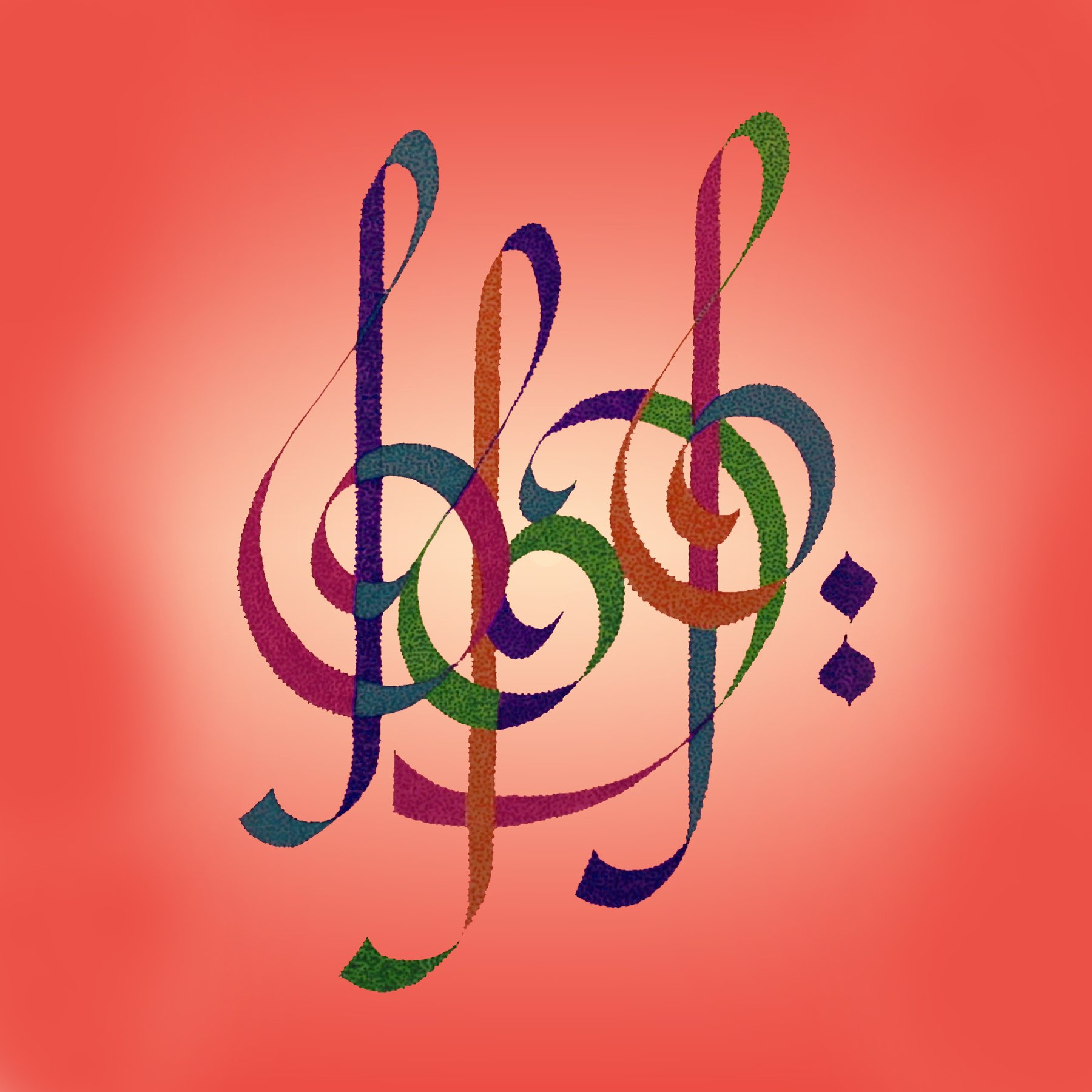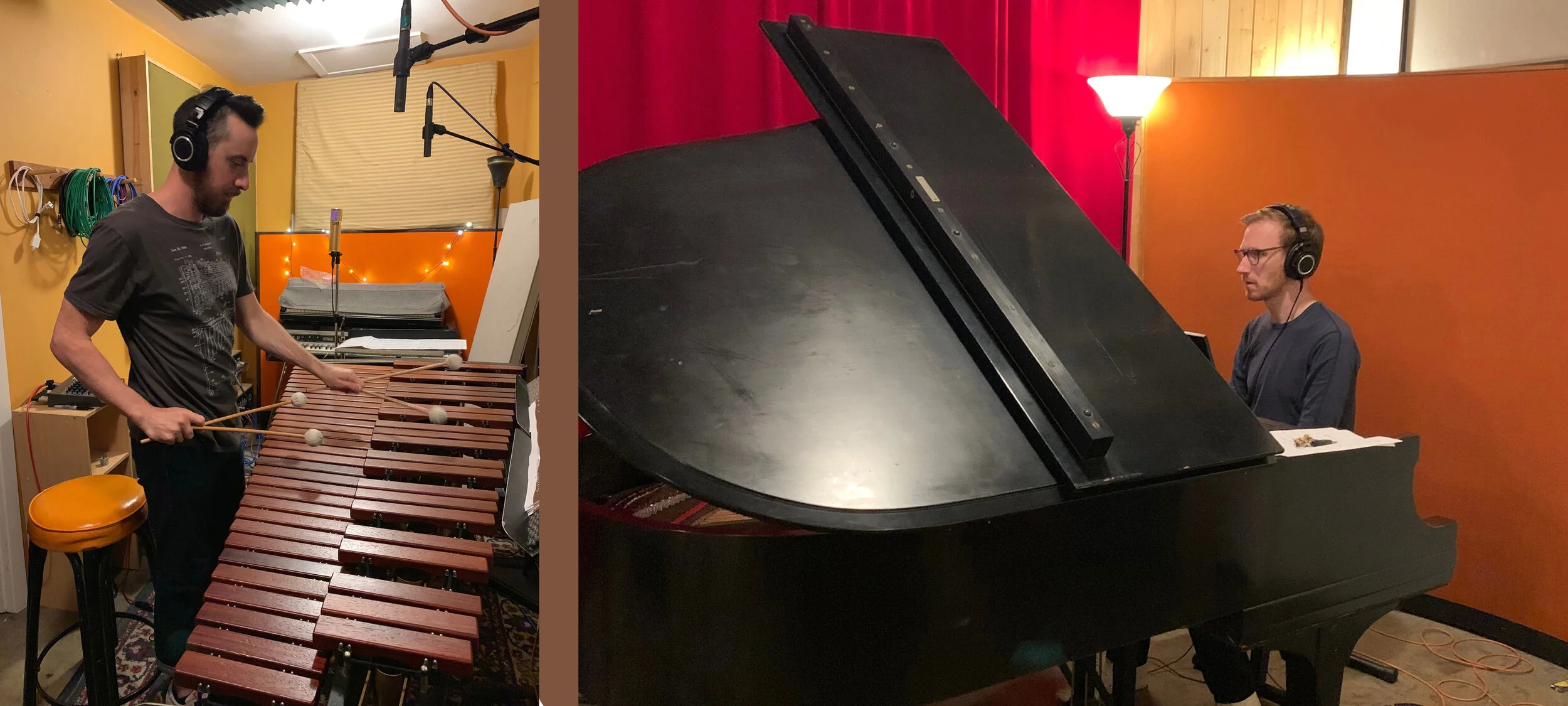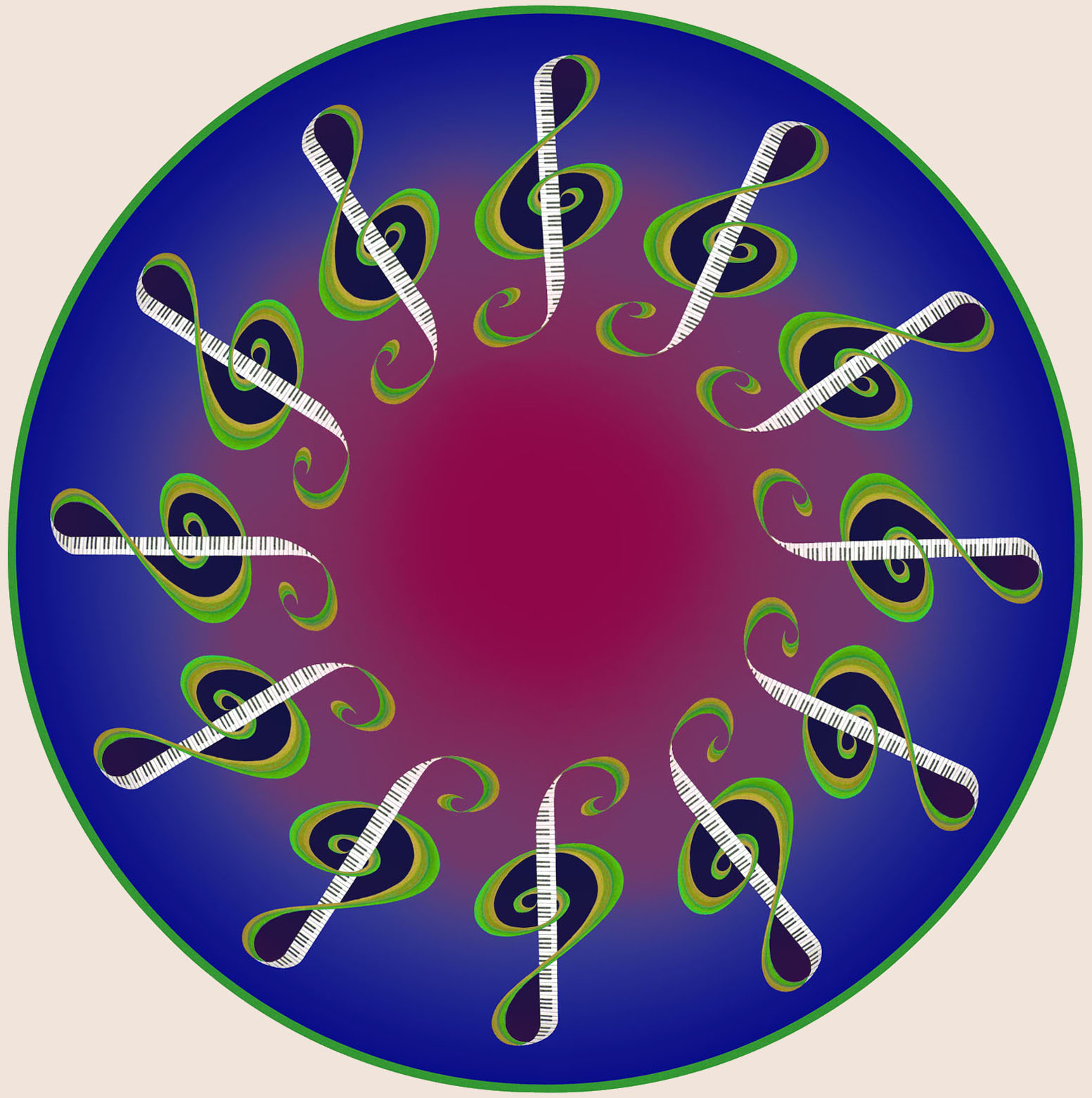It has become a passion of mine to compose and arrange music for choir. There is nothing more satisfying than hearing a group of singers enthusiastically realize one’s musical vision. When I write choral music, both the text and melody have to capture my imagination and trigger my emotions.
Desert Moonlight
Snap, Rattle and Plunk: Embracing Cereality
I’m thrilled to have a new recording of “Snap, Rattle and Plunk: Embracing Cereality,” with Steve Blum on piano and Tim DeCillis on marimba plus percussion. This work for piano, marimba, claves, tambourine, wood blocks and maracas, is based on several forms of a twelve-tone row, hence the reference to “cereality” (seriality.) The “tone row” extends to a rhythmic component as well. This is played in the middle section by the non-pitched percussion instruments. The title is clearly tongue-in-cheek but pertains to the snapping and crackling sound of the various percussion instruments.
The Importance of the Kodály Approach to Music Education
Beginning the New School Year
The Benefit of Playing Piano Duets and Duos
Teaching Improvisation, Experimentation and Composing
The Importance of Summer Lessons
“Laying Rails” from “California Collage”
“Journey for Gold” from “California Collage”
“Origins” from “California Collage”
“ORIGINS” from “CALIFORNIA COLLAGE”
When I began the long process of composing “California Collage,” I started with “Origins,” which musically describes the conflict between the Native Americans and the Spanish missionaries when they arrived in California. The horrendous treatment of the Indians by the Spanish and the attempt to eradicate their culture, is a shameful chapter in the history of California.
California Collage
“California Collage” is a choral / two-piano cycle comprised of three sections. Each part highlights a significant era of California’s history and features two traditional songs as thematic material. It will be performed June 2, 2018 by the East Bay Singers of California State University East Bay under the direction of Dr. Buddy James.
On Talent and True Teaching by Madeline Bruser
Piano Practice Tips for Children and Teenagers
Tools of Learning a Piano Piece: Intrepretation and Memorization
Tools of Learning a Piano Piece: Tempo, Dynamics, Articulation and Pedaling
Tools of Learning a Piano Piece: Notes, Counting and Fingering
Tools of Learning a Piano Piece: Looking at the Music
Starting to learn a new piece on the piano can seem overwhelming. However, following the stages of mastery can lead to success. This is the first post of four. It addresses examining the piece carefully, determining the form, key signature, key changes, clef changes and other general considerations.



















